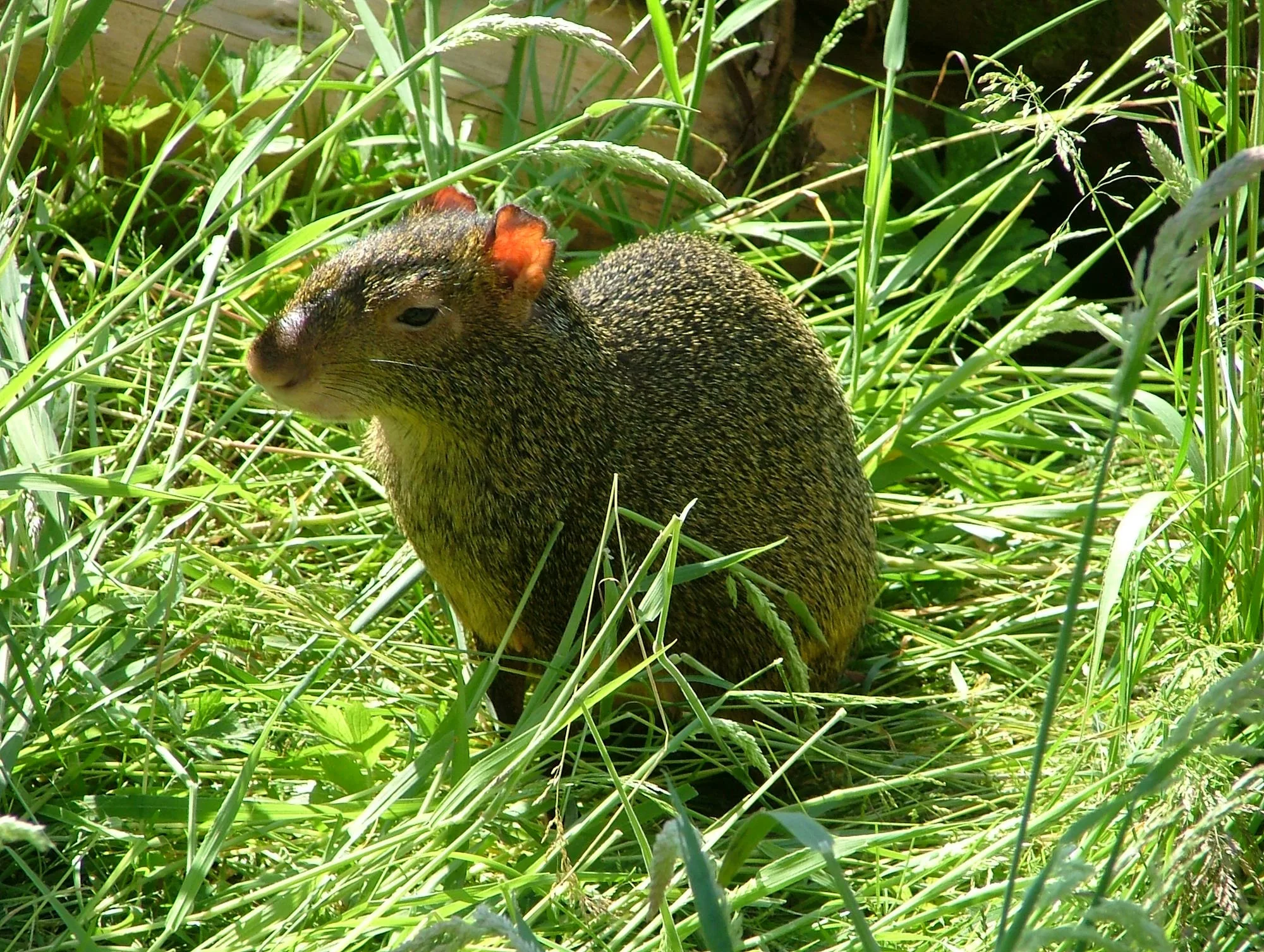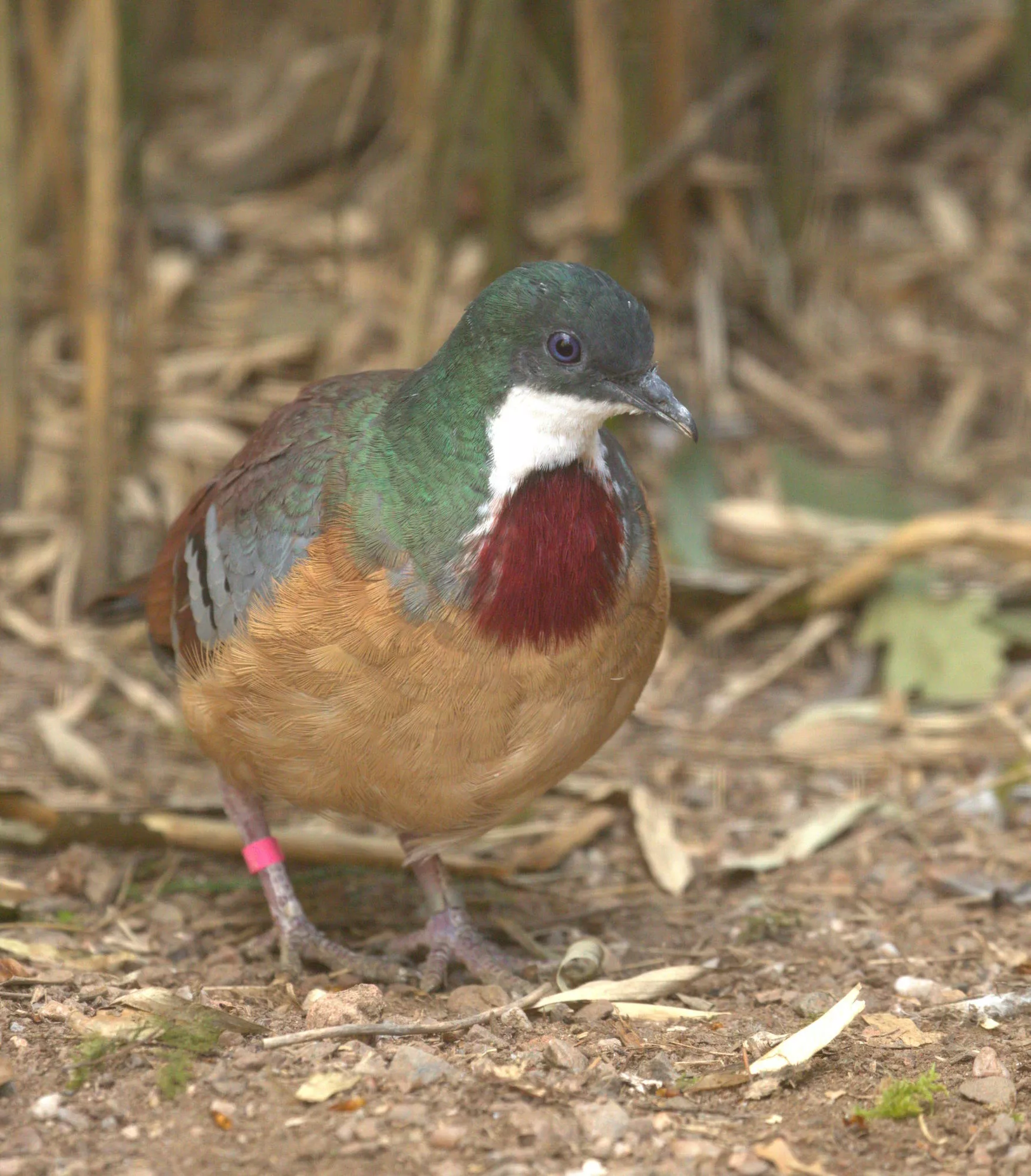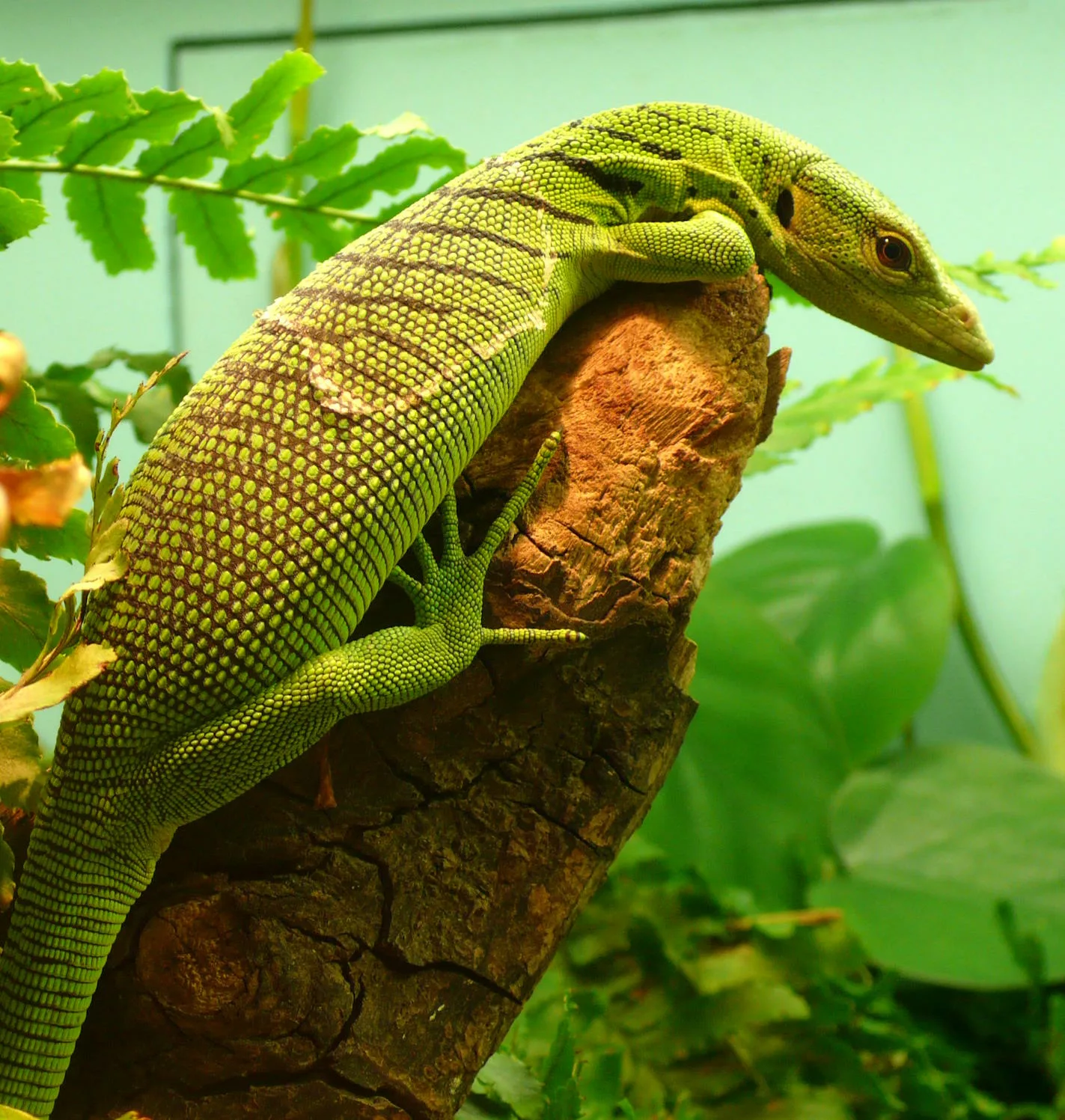
Thorny walkingstick
Scientific name: Trachyaretaon brueckneri+
IUCN listed as: Stable
Learn before you visit!
Here are some facts about the species – Discover what they eat, find out about their natural habitat, see what they like to do, and more… Set the reading style to suit you too, everyday speak or something aimed towards children.
Child-friendly
Everyday
Diet
Thorny walkingsticks are herbivores, feeding primarily on leaves from various trees and shrubs. In captivity, their diet often includes bramble and ivy. Their strong mandibles allow them to chew through tough plant materials, which is crucial for their growth and development. These insects help control the growth of vegetation in their habitats. Their diet also plays a role in maintaining the balance of plant populations in the ecosystem.
Thorny walkingsticks eat leaves from trees and bushes, especially bramble and ivy. They have strong jaws to chew through tough leaves. Eating these leaves helps them grow. They also help keep plants from growing too much.
Breeding
Thorny walkingsticks can reproduce through both sexual reproduction and parthenogenesis, where females lay eggs without mating. Females deposit eggs on the ground or attach them to plants. The eggs hatch into nymphs, which look like small adults and moult several times before reaching maturity. The entire life cycle takes several months. Environmental conditions like temperature and humidity influence their breeding success.
Thorny walkingsticks can lay eggs without needing a male. They lay eggs on the ground or on plants. The eggs hatch into tiny versions of the adults and grow by shedding their skins. It takes a few months for them to become adults.
Habitat
Thorny walkingsticks are native to the rainforests of the Philippines. They prefer areas with dense foliage where they can easily camouflage among the leaves. These habitats provide ample food and protection from predators. Habitat destruction due to deforestation poses a threat to their populations. Conservation efforts focus on preserving their natural habitats and promoting sustainable practices.
Thorny walkingsticks live in the rainforests of the Philippines. They like places with lots of leaves to hide in. These forests give them food and keep them safe. Protecting their homes is important because cutting down trees can hurt them.
At the zoo
In zoos, thorny walkingsticks are housed in enclosures that replicate their natural habitat with plenty of leafy branches. They are fed a diet of bramble, ivy, and other leafy greens. Zoos help educate the public about these insects and their ecological roles. Breeding programs help maintain their populations and support conservation efforts. Observing these insects in captivity provides insights into their behaviour and lifecycle.
In zoos, thorny walkingsticks live in areas with lots of leaves. They eat leaves like bramble and ivy. Zoos teach people about these insects and help protect them. Watching them helps us learn about their lives.
Behaviour
Thorny walkingsticks rely on their camouflage to avoid predators, blending in with leaves and branches. They are primarily nocturnal, being most active at night when they feed. During the day, they remain motionless to avoid detection. They communicate through body movements and chemical signals. This behaviour helps them survive in their natural habitat.
Thorny walkingsticks hide by looking like leaves and branches. They are active at night and stay still during the day. They use movements and smells to talk to each other. This helps them stay safe and find food.
Fun facts
- Camouflage Experts: Blend perfectly with leaves and branches.
- Parthenogenesis: Females can reproduce without males.
- Nocturnal Activity: Most active at night.
- Moulting Process: Undergo several moults to reach adulthood.
- Native Habitat: Found in the tropical rainforests of the Philippines.
- Leaf Lookalikes: They look like leaves to hide.
- No Males Needed: Females can lay eggs without males.
- Night Owls: Active mostly at night.
- Skin Changers: They change their skins several times to grow.
- Rainforest Homes: Live in the rainforests of the Philippines.
More animals to discover at our zoo
Quick Links
Tickets & Prices
You can buy tickets for Exmoor Zoo securely online, as well as finding out more price options, discover offers, and more…
What’s on…
Exmoor Zoo hosts incredible Events all through the year. You can find out about what we’ve got in store here…
Routes & info
Like any great discovery, Exmoor Zoo can feel a little off the beaten path – but don’t worry – you can plan your journey with our recommended routes and other useful travel info.



























